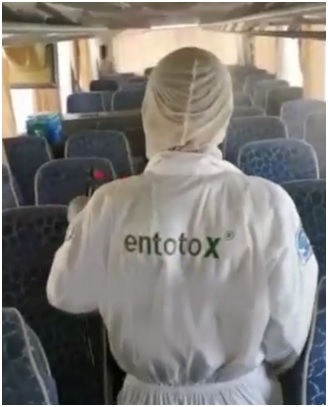It is important to understand that non-hygienic conditions allow pests to succeed well in any environment. The transportation industry is one of those environments and special care should be taken to ensure that transportation means are clean and free from pests.
Over time, pests have developed several ways for survival. A colony of pests can easily enter inside trains, buses, ferries, and planes in search of shelter, warmth, and food through the windows, doors, boxes, luggage, and other accessible means. They hide in highly-insulated areas and places that tend to be warm and safe, such as furniture, wood, ceilings, etc.
Initially, there may seem not to be a risk at all, however, with time, they will become more than just a nuisance, causing damages that can affect both the vehicle and put in danger the health of humans. Even the surrounding areas (terminal, stations..) can be affected and cross-contamination can result in the spread of certain pests in different regions or countries.
However, no matter how resilient and adaptable pests maybe there is always a solution to manage them. Whether in your plane’s cabin or in your bus furniture, having the right pest management service will surely make you control them.
A proper IPM program will let you reduce the exposure of pesticides and make you target the right pest with the right product in the right place as follows:
- Inspection
- Identification of Pests
- Use of non-chemical control and monitoring methods (Traps, Glueboards,…)
- Chemical Control where and when needed
- Detailed Documentation
- Evaluation, follow-up and reporting



